Blue Line
Spay tattoos are applied to indicate that a dog has been spayed or neutered, a practice performed by veterinarians during the spay or neuter surgery.
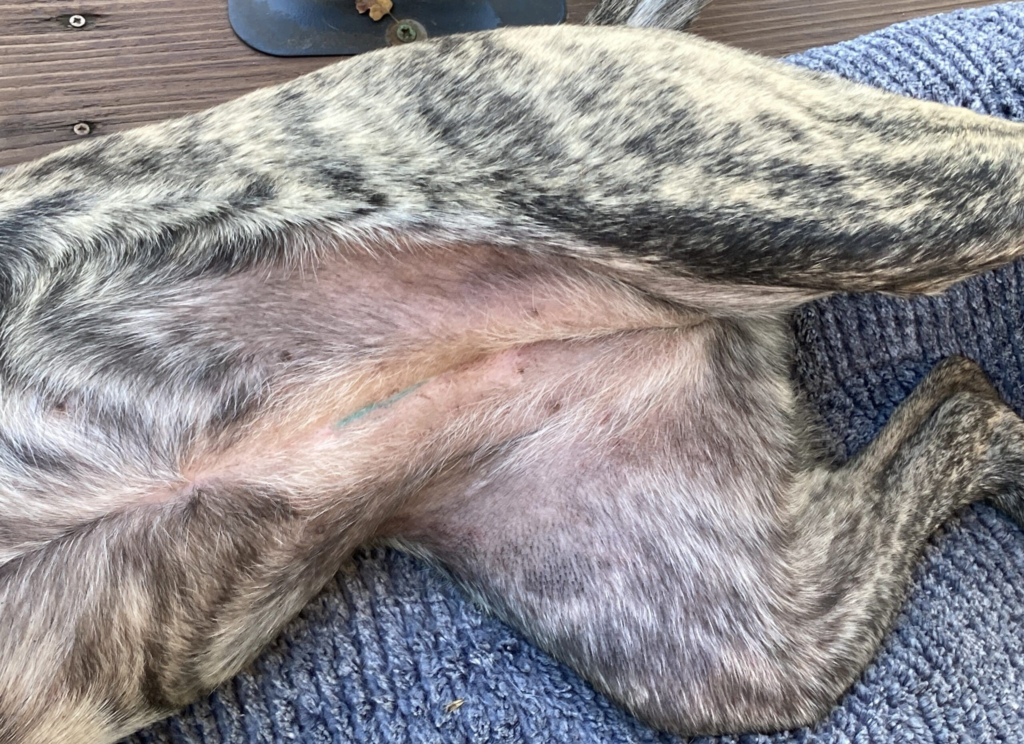
These tattoos are usually applied with a tattoo gun, owned by the veterinary practice, while the animal is still under anesthesia.
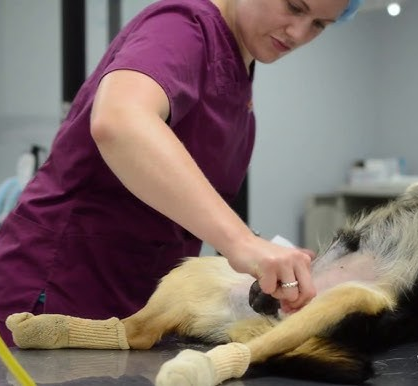
Cherice Roth, DVM, chief veterinary officer at Fuzzy, an online pet health platform, explains that the ink is sterile and is placed directly into the wound before the animal wakes up.

This process ensures that the animal does not experience additional pain.
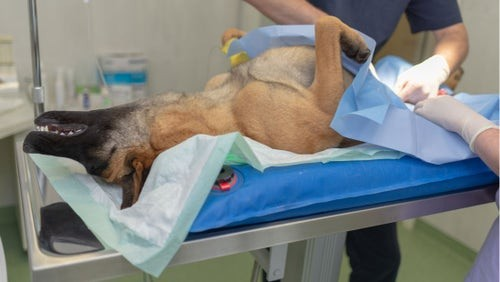
This practice is particularly common among rescue dogs and in animal shelters where sterilization is a requirement for adoption.

Need
The shape of a spay tattoo for dogs is typically a simple, but distinct blue line near the incision site.
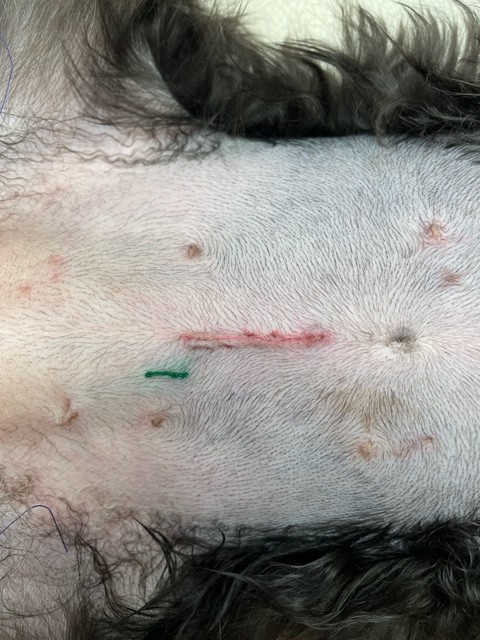
This can vary from a single line on one side to lines on both sides of the incision, depending on the veterinarian’s preference.
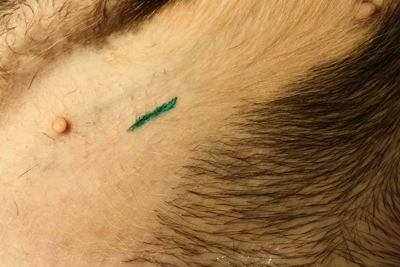
Although the ink may fade, it remains a crucial visual indicator of the dog’s sterilization status.
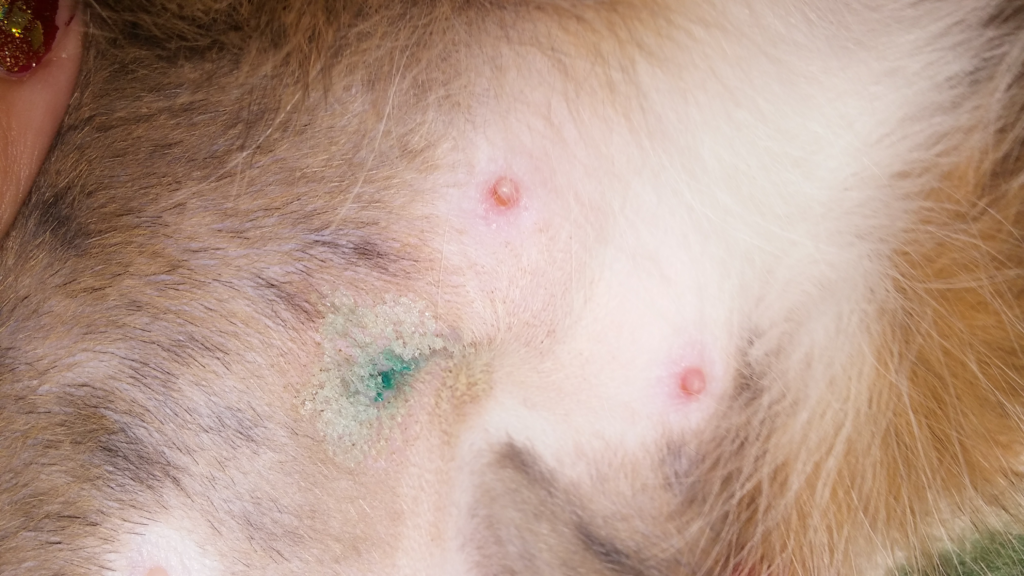
This is invaluable in situations where a dog’s medical history is unknown.
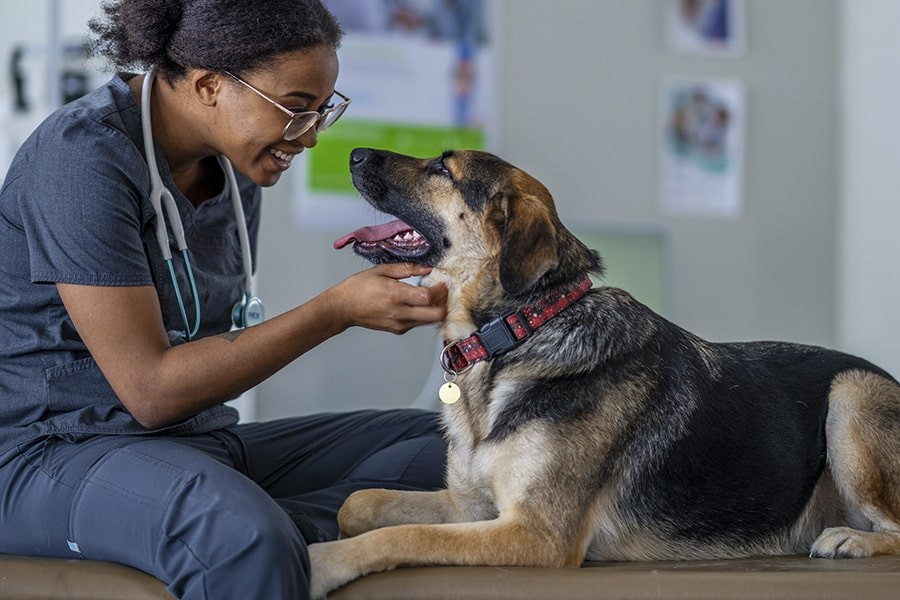
Tattoo
Applying a sterilization tattoo is an important preventive measure for several reasons:
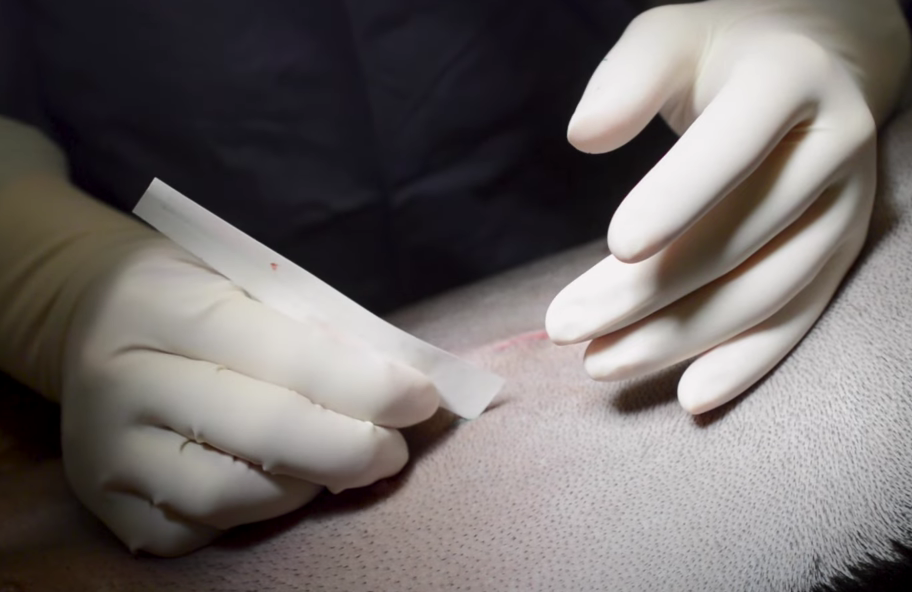
Prevention of Unnecessary Medical Intervention: It spares the animal the possible pain and risks of unnecessary surgery to confirm the sterilization status.
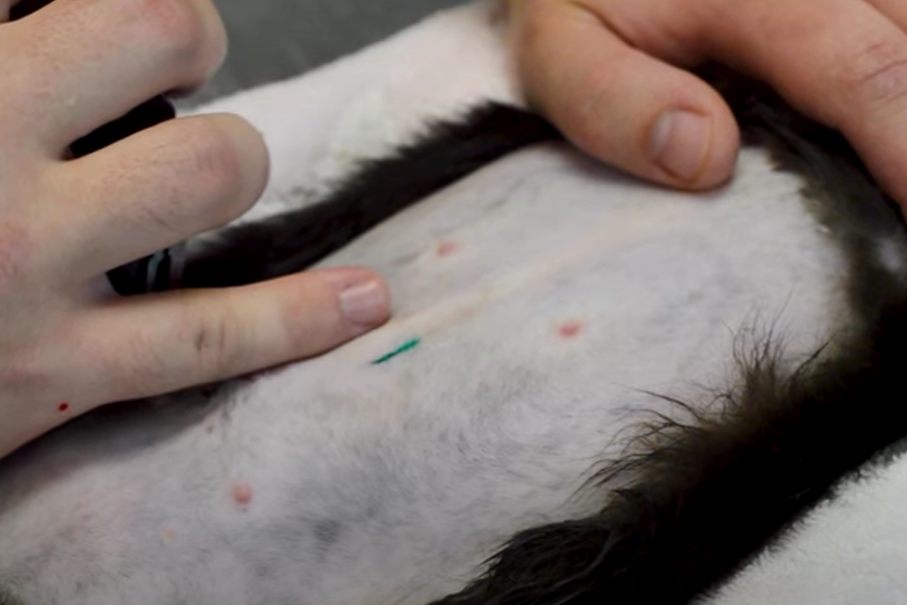
Cost-effective: It avoids the high costs of alternative methods such as hormone blood tests or ultrasounds, which are often inconclusive.
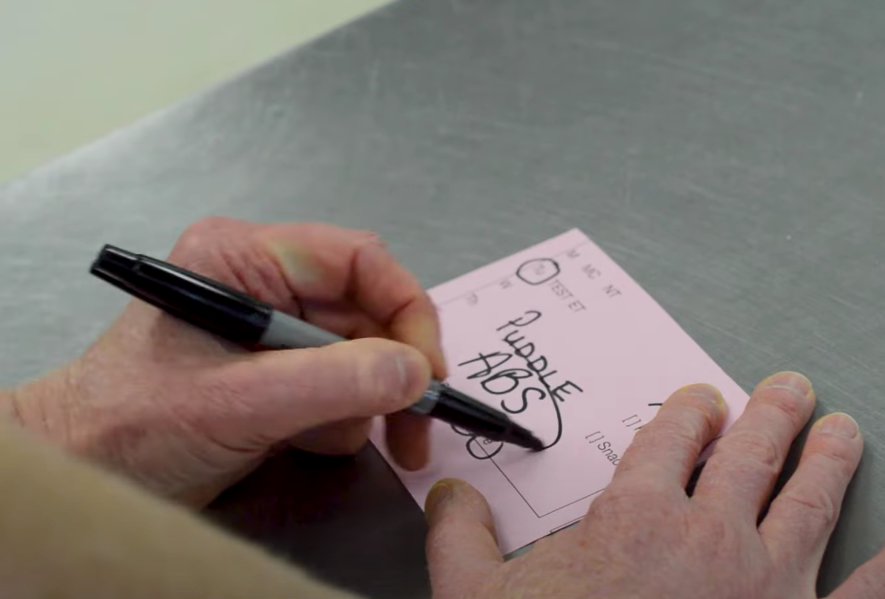
Rapid Identification in Emergency Situations: In emergencies where the owner cannot be present, the tattoo provides immediate clarity about the animal’s sterilization status.
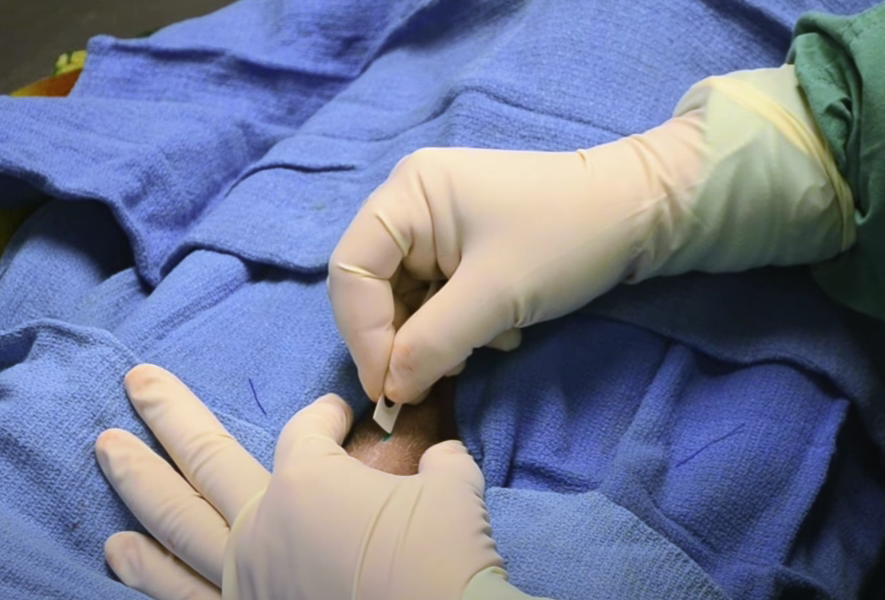
Practice
Despite its benefits, the practice of tattooing has not yet been universally adopted in private veterinary practices.
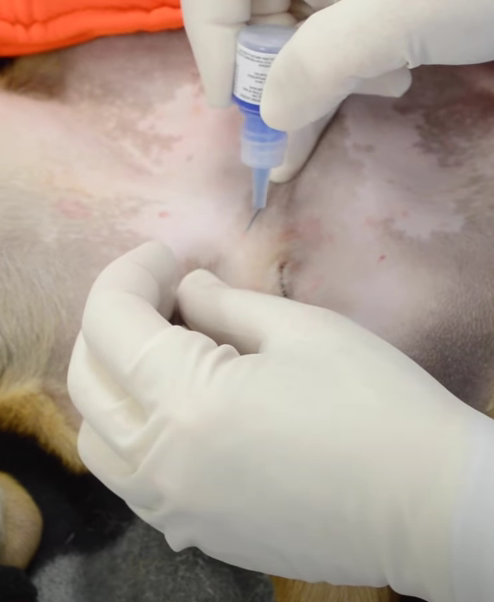
The main reasons for this are often related to cost and a lack of awareness of the potentially changing circumstances in a pet’s life.

Veterinarians and pet owners in private practices are less likely to consider the scenarios in which an animal may end up with no clear medical history available.
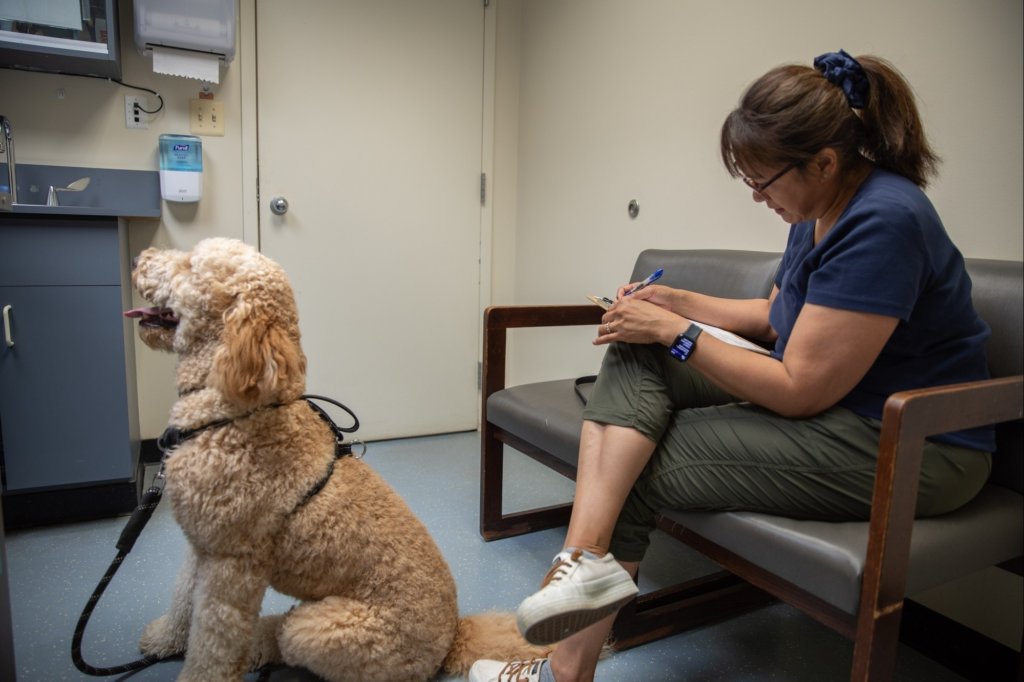
The blue spay tattoo for dogs is a vital medical indication that signifies much more than just a pet’s current health status.
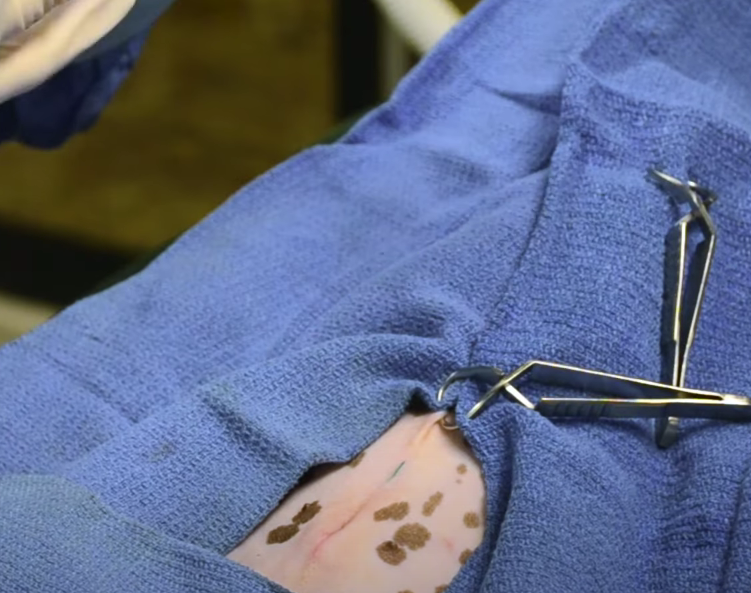
It helps prevent unnecessary surgery, pain, and medical costs and provides essential information in emergency situations.

For pet owners and caregivers, this little blue line provides quick confirmation of the dog’s sterilization status, which can be crucial in emergency treatment decisions.

Key points of the article: “I wanted to adopt a dog from a shelter.” 🐶🏠 One of the dogs I liked had a mysterious blue ‘tattoo-like’ line on its belly. 🔵🐕 Two men there said I shouldn’t take that dog, but they didn’t even know what it meant!” 🤷♂️❌ What does a blue line on a dog mean?” – summarized:
- Preventive Measure: Reduces the chance of unnecessary surgical procedures.
- Cost effective: Avoids expensive diagnostic methods that are not always definitive.
- Clarity in Emergency Situations: Provides immediate clarity on the dog’s sterilization status.
- Recommendation for Adoption: Essential for animals in shelters to speed up adoption processes.
- Lifelong Identification: Remains visible for the life of the pet, even if medical documentation is lost.

This practice supports pet welfare and provides peace of mind to pet owners, highlighting the value of this small but significant blue line on a dog’s belly.









